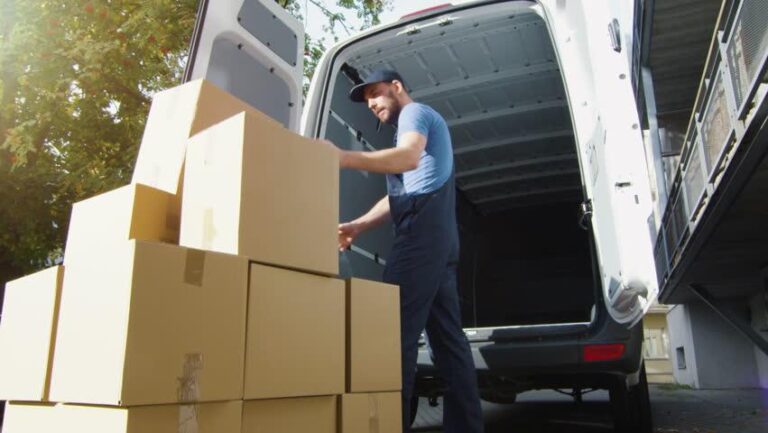The Sarbanes-Oxley Law and what it means for Australian businesses who outsource their Warehousing & Distribution?
What is the Sarbanes-Oxley (S-Ox) Law? It states the executives of a business are to critically examine all significant business processes, and attest to the effectiveness of internal controls. What is new with this law is that the executives must demonstrate that they have clearly instructed each person in that business and checked that these instructions are correct and are being carried out as required, by relevant people. The requirement also applies to outsourced services, in particular, warehousing & distribution.
As a result, Australian consulting businesses have had to develop skills to assist their clients in S-Ox compliance.
Core Logistics Consulting’s CEO and Principal Consultant Tom Cordukes says ‘the mechanism used to demonstrate that instructions are communicated is a very detailed set of written, auditable procedures.’ His dictum is ‘Certainty improves your Control’.
MrCordukes outlined the special case for the significant business process of outsourced warehousing and distribution. S-Ox requires a process compliance in the 3PL’s handling of the customer’s business. These processes are to be robust and every step is communicated to the relevant employees as if it were the customers own business.
S-Ox compliance auditing of 3PL processes needs to cover 7 main areas of the business operations.
- General regulatory compliance
- Order Processing
- Distribution and Delivery
- Receiving
- Physical Inventory
- Returns
- Destruction of goods
One of CLC’s recent clients said that they wanted a logistics professional to review the 3PL operations so that it demonstrated to the US parent that the outcome was efficiently managed.
The feedback from 3PL’s is that CLC’s audit process is helpful in identifying areas of process risk. It also strengthens and refines processes and that translates to better service to the 3PL’s customer.
CLC’s Sarbanes-Oxley audit process covers 6 main areas of operation with a rigorous approach.
Discovery of the desired process, documenting requirements Reviewing the exiting documentation of the actual process Verifying that the actual process has been communicated and is being carried-out in operations Identifying gaps and controlling risk between the desired procedures and the actual processes Identifying gaps between the desired procedures and the exiting actual documentation Review exception handling
MrCordukes explained that CLC’s clients benefit through more formalised documented processes that are robust and more refined than what most companies have at present.

